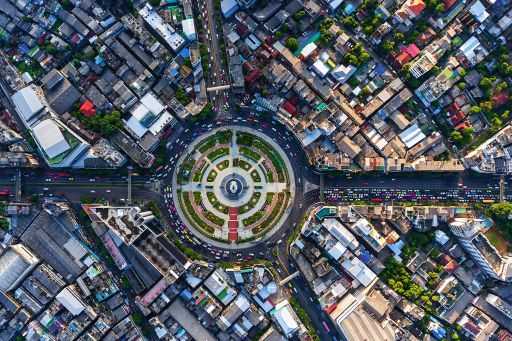Trend 4: The pace of development comes under the microscope
Trend 4: The pace of development comes under review
Depending on where you live, infrastructure development is either fast and furious or slow and methodical.

Depending on where you live, infrastructure development is either fastand furious or slow and methodical. Bothcome with unique challenges and risks.
In the mature markets, infrastructure can take years to move from idea to output. Much-needed upgrades and replacements are slow to emerge from the pipeline (as evidenced by Heathrow’s ‘third runway’ debate or the continued lack of momentum on the Brent Spence Bridge Corridor in the US) while other valuable investments are held up in multiple layers of planning, approvals and consultations. This is the price of democracy; when major decisions are consultative, progress is often slow.
Given the rapid pace of change now at play around the world, it is vital that decision-makers find renewed urgency in their approach. Many of the greatest risks in delivering infrastructure are related to time; reducing the amount of time therefore also reduces the risk of the project (assuming quality standards are maintained). In contrast, in some developing markets, particularly where current services are inadequate, infrastructure is being built at astounding speeds (think China’s development of high-speed rail and what’s been happening in the Middle East.) New projects — from transport and power through to hospitals and schools— are being delivered almost overnight as governments focus on rapidly responding to the fast-changing needs of their economies and societies. But putting the assets into the ground is often the easy part. Knowing which assets should be built at which time to deliver the most value is much more difficult.
The risk in building infrastructure too quickly is the threat of building ‘white elephants’ that do not match the current and future needs of the population they intend to serve. Slow-moving projects,on the other hand, run the risk that they will become more expensive — or even obsolete — as they languish on the planning table (or, worse, during construction).
Over the coming year, we hope to see markets rethink the pace of their infrastructure planning and delivery. In the developing markets, this may mean slowing down to think more clearly about project prioritization, suitability, resilience and sustainability (see Trend 3). In the mature markets, it must mean speeding up the rate of delivery b yallowing planning, prioritization, approvaland delivery processes to become more streamlined. In some situations, this may mean balancing democratic process against efficacy.
Ultimately, governments will need to take a more holistic view of the wider benefits they are trying to achieve from their investments. As a result, we expect to see a narrowing of the gap in the pace of development of new infrastructure recognizing that there needs to be more speeding up than slowing down. This will enable investors, planners and owners toreduce the risk of building infrastructure that is sub optimal before it even comes into operation.
Further reading:
- Emerging Trends in Infrastructure 2018
- Trend 1: The clash of competing forces
- Trend 2: Infrastructure planners start to think about flexibility
- Trend 3: Sustainability – in all its forms – rises up the agenda
- Trend 5: Security becomes critical
- Trend 6: Creating alignment between payers, financiers and beneficiaries
- Trend 7: Pricing models mature
- Trend 8: The benefits of sharing data become more evident
- Trend 9: Alternative asset classes start to re-converge

